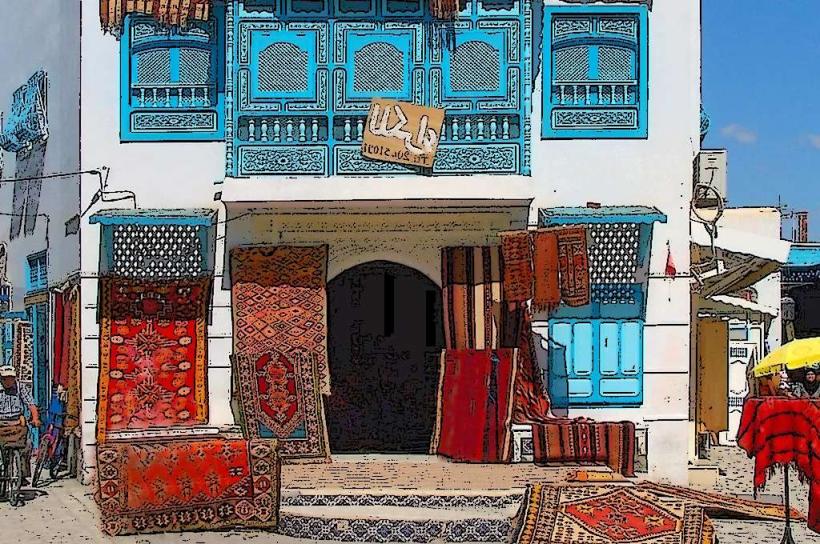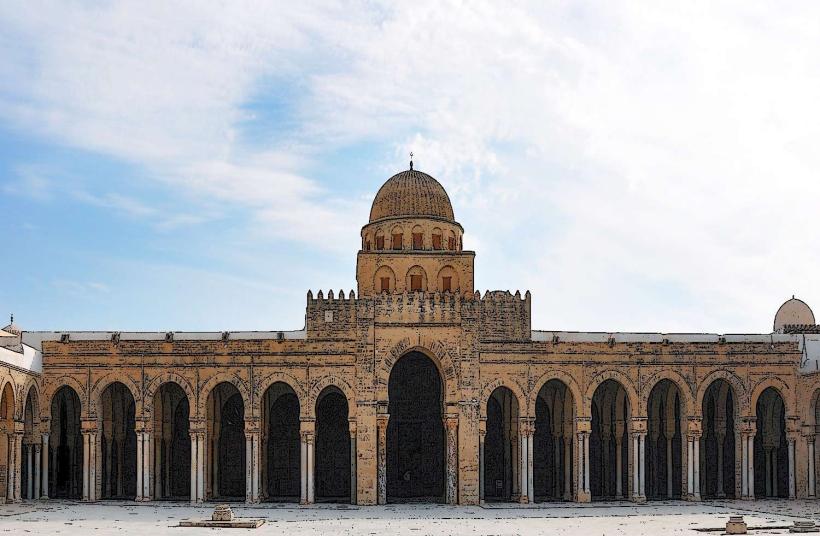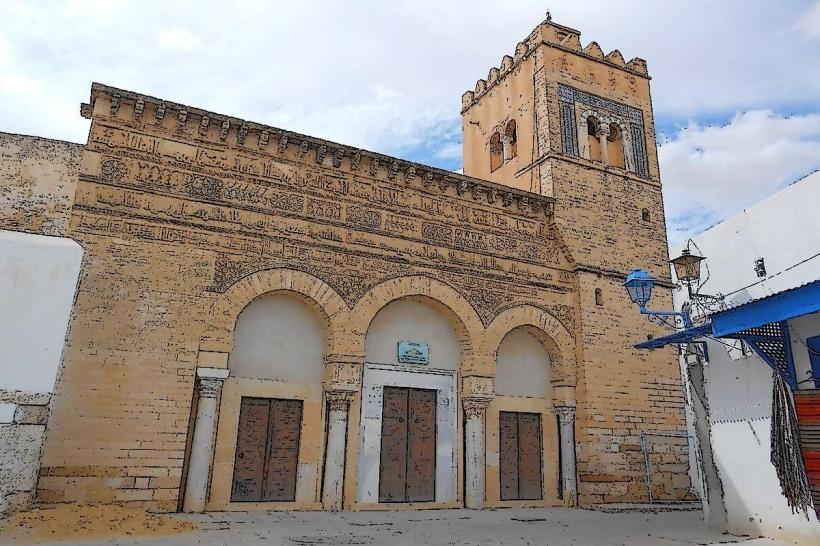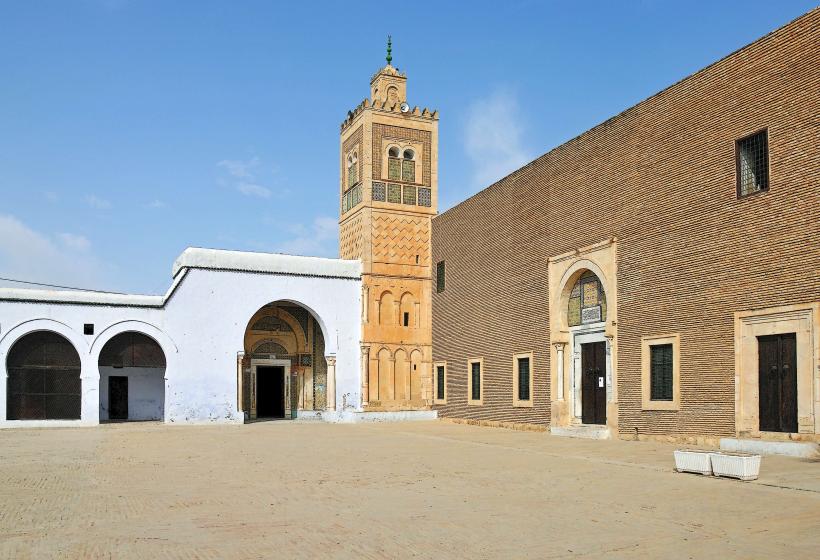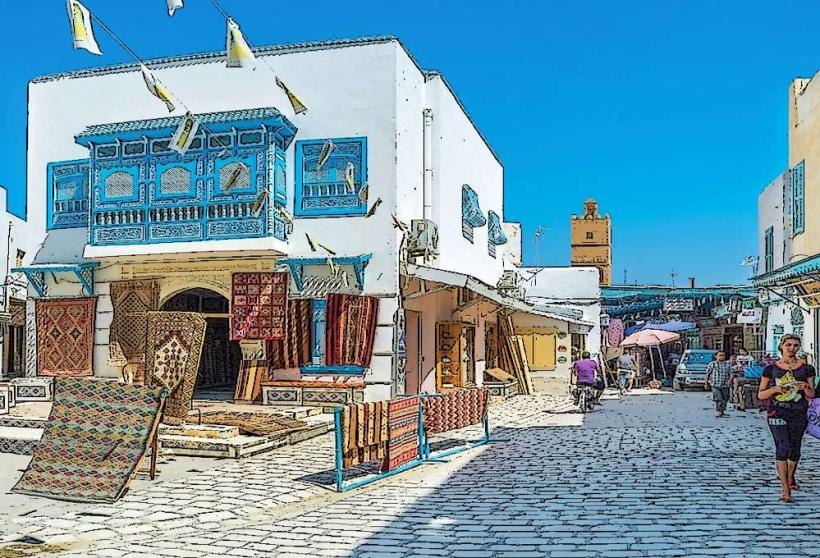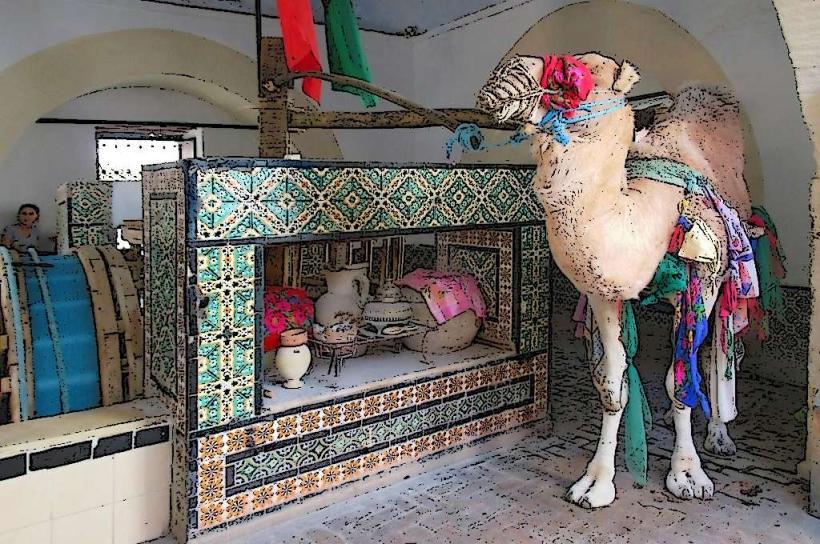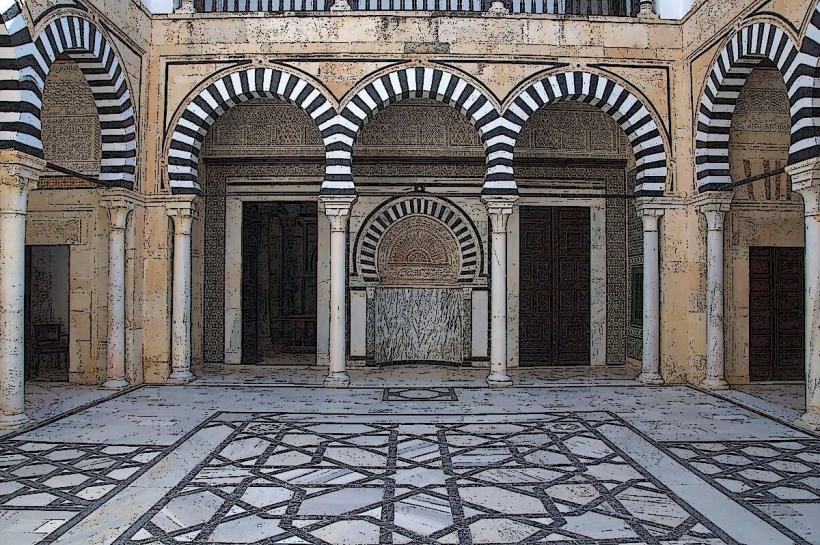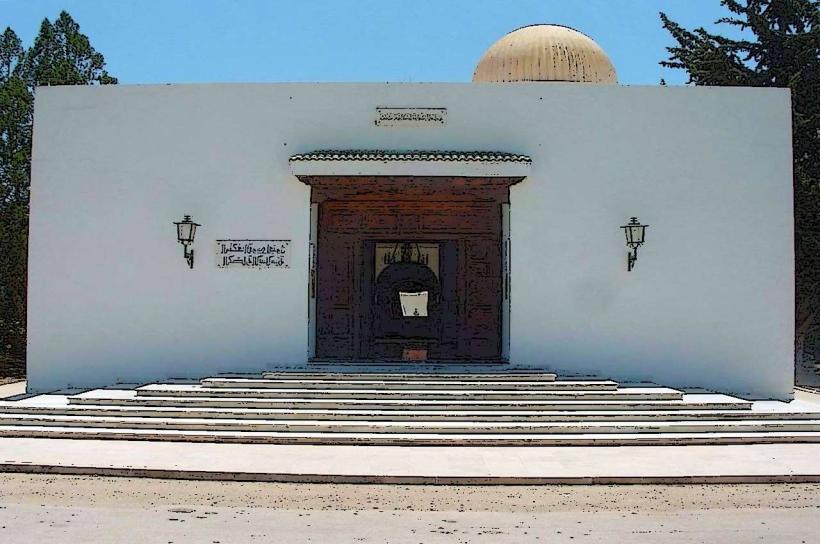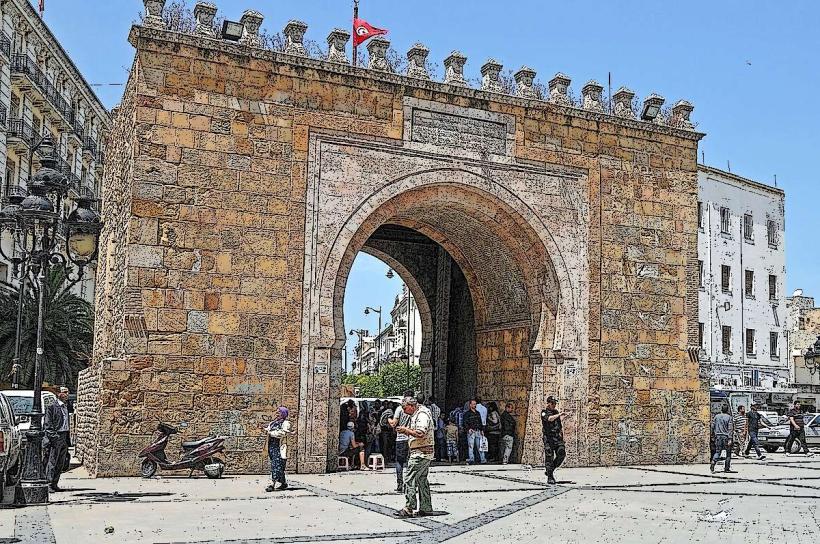Information
Landmark: Aghlabid BasinsCity: Kairouan
Country: Tunisia
Continent: Africa
Aghlabid Basins, Kairouan, Tunisia, Africa
Overview
Just beyond Kairouan’s medina in Tunisia, the Aghlabid Basins stand as striking testaments to early Islamic skill in civil engineering and the art of moving and storing water, equally important built in the 9th century under the Aghlabid dynasty (800–909 AD), these basins formed part of an ingenious hydraulic network that carried precious water to Kairouan, a city set in a dry land where rain falls rarely and often in sudden bursts.The Aghlabid dynasty, semi-autonomous emirs under the Abbasid Caliphate, chose Kairouan as their capital and transformed it into a thriving hub of Islamic scholarship, vibrant culture, and bustling city life, where the call to prayer echoed through narrow, sunlit streets, in turn because Kairouan sat far from the coast and baked under a dry, relentless sun, having a dependable water supply was absolutely vital.The Aghlabids answered by constructing an intricate web of aqueducts, cisterns, and reservoirs, with cool water echoing through stone channels, at the same time built under Emir Abou Ibrahim Ahmed I around 862 AD, the Aghlabid Basins stood at the heart of the water system, their stone rims catching the sun.The complex is made up mainly of two large reservoirs; the first stretches out like a calm sheet of blue water, in turn the Large Basin, or Grand Bassin, forms a perfect circle-about 128 meters across and 4.8 meters deep, with water that glints like glass in the sun.Believe it or not, It could hold about 50,000 cubic meters of water-enough to fill a football field knee‑deep, also a thick stone wall wraps around it, with heavy buttresses braced to hold back the relentless push of water.At its center stood a tiny platform, maybe an islet, thought to have served for upkeep or display-some historians even picture it as a pleasure pavilion with luminous silk banners fluttering in the breeze, after that two.The petite Basin, or Petit Bassin, sits right beside the larger one, its calm, shallow water once used to let sediment settle to the bottom, in turn this was the first stop in the purification process-water from the aqueducts flowed in, where it sat still long enough for silt to sink before moving on to the vast stone basin.Number three, moreover a network of aqueducts carried water from distant springs and rain catchments, some as far as 36 kilometers away, their stone channels glistening in the sun.You know, Water flowed from cisterns into hidden stone channels, carrying it to the city’s mosques, homes, and gardens, in conjunction with the system’s built to manage everyday use and stash extra water away for the parched weeks when the ground cracks.The basins reveal impressive hydraulic engineering for their era, blending Roman precision with Islamic ingenuity, where water once flowed clear and cool through carved stone channels, what’s more by harnessing gravity-fed systems and sedimentation, you show a deep grasp of how to purify water-letting clear, cool water settle above the sifted sediment below.They built it with a modular setup, using miniature tanks to filter and hold the water before sending it on to the grand reservoir, and the approach was both sensible and built to last, besides thick buttressed walls, set with exact angles, kept the structure steady for decades.It delivered the water people needed for drinking, washing hands under a cool stream, and keeping crops alive, in turn provided water to the Great Mosque of Kairouan, filling basins for the cool, clear ablutions.It allowed Kairouan to thrive in the dry heart of Tunisia, supporting a bustling population and serving as a vibrant hub of worship and city life, with the call to prayer echoing through its narrow streets, in addition the Aghlabid Basins stand as engineering marvels and, at the same time, as proud emblems of the dynasty’s wealth, order, and dedication to the public good-clear water glinting in the sun still echoes that legacy.They embody the Islamic belief that water should be shared and cared for together, keeping life thriving even in harsh, sun-baked landscapes, simultaneously some accounts say the basins weren’t just useful-they were admired for their beauty, perhaps lit with flickering candles during ceremonies-but their main role was practical.The basins have held up impressively, their sturdy stone walls and ongoing respect for their heritage keeping them intact, besides they’re included in Kairouan’s UNESCO World Heritage Site, and visitors can still saunter through them today, hearing footsteps echo against the timeworn stone, loosely Just so you know, Historians and engineers still study them as vivid examples of early Islamic urban infrastructure, from narrow stone aqueducts to bustling market streets, at the same time in conclusion, the Aghlabid Basins of Kairouan still rise from the earth as lasting testaments to early Islamic skill and thoughtful city design, their stone rims warm under the afternoon sun, moderately They’re more than reservoirs-they combine practical use, sustainable design, and the solid grace of strong architecture, like stone walls catching the afternoon sun, consequently they stand as proof of the refined culture that flourished in 9th‑century Islamic North Africa, and today, in Tunisia, they still spark pride and invite curious eyes-like the glint of sunlight on worn stone.
Author: Tourist Landmarks
Date: 2025-09-27

